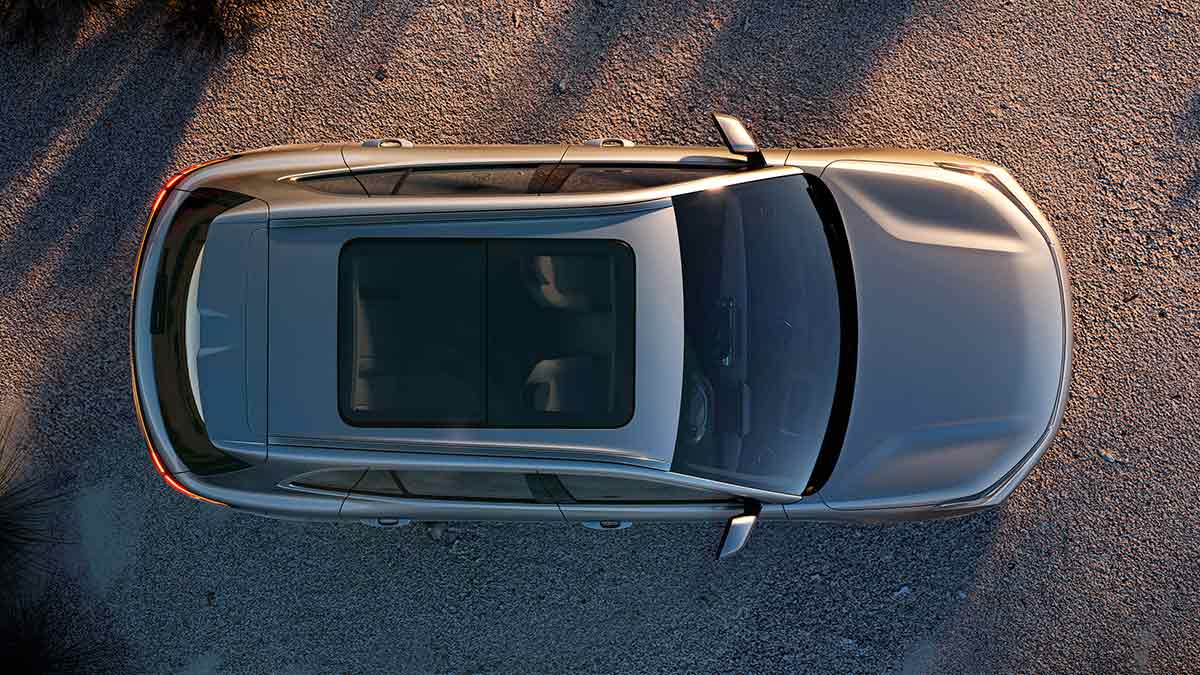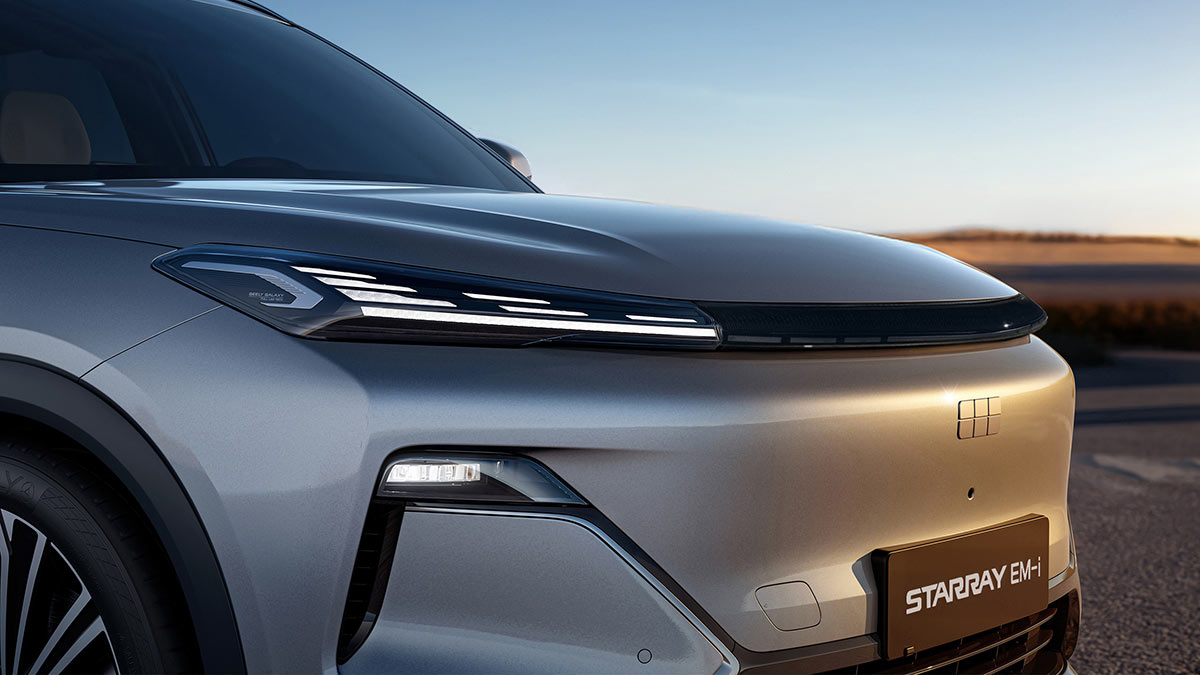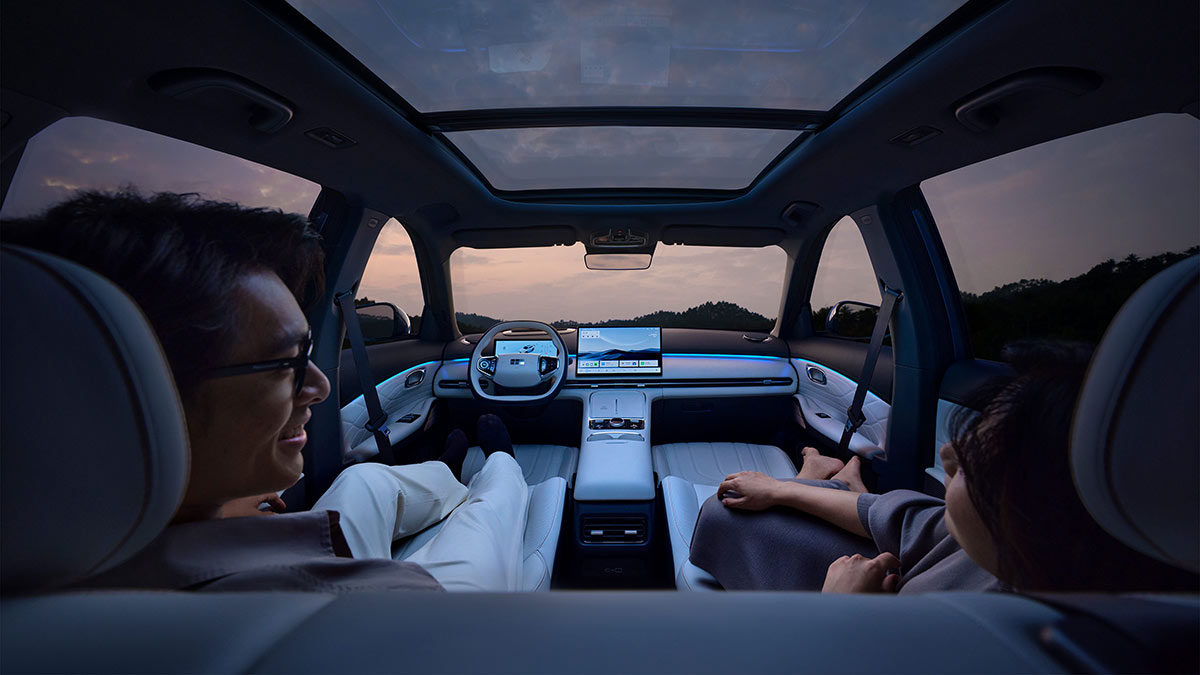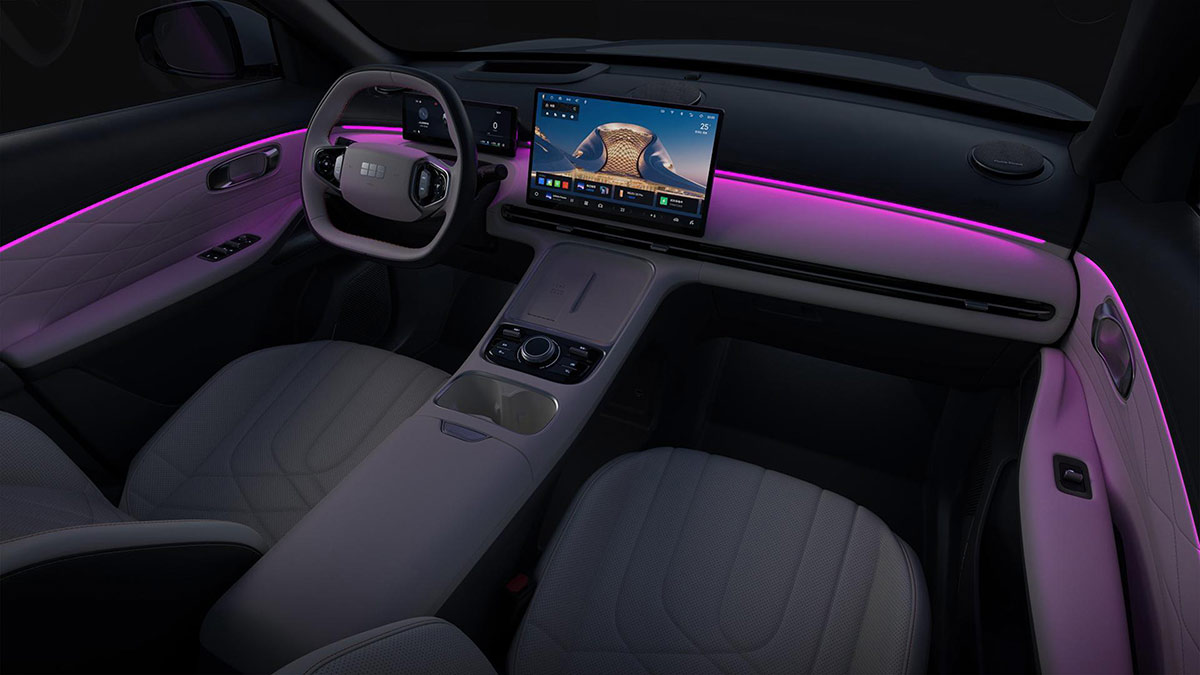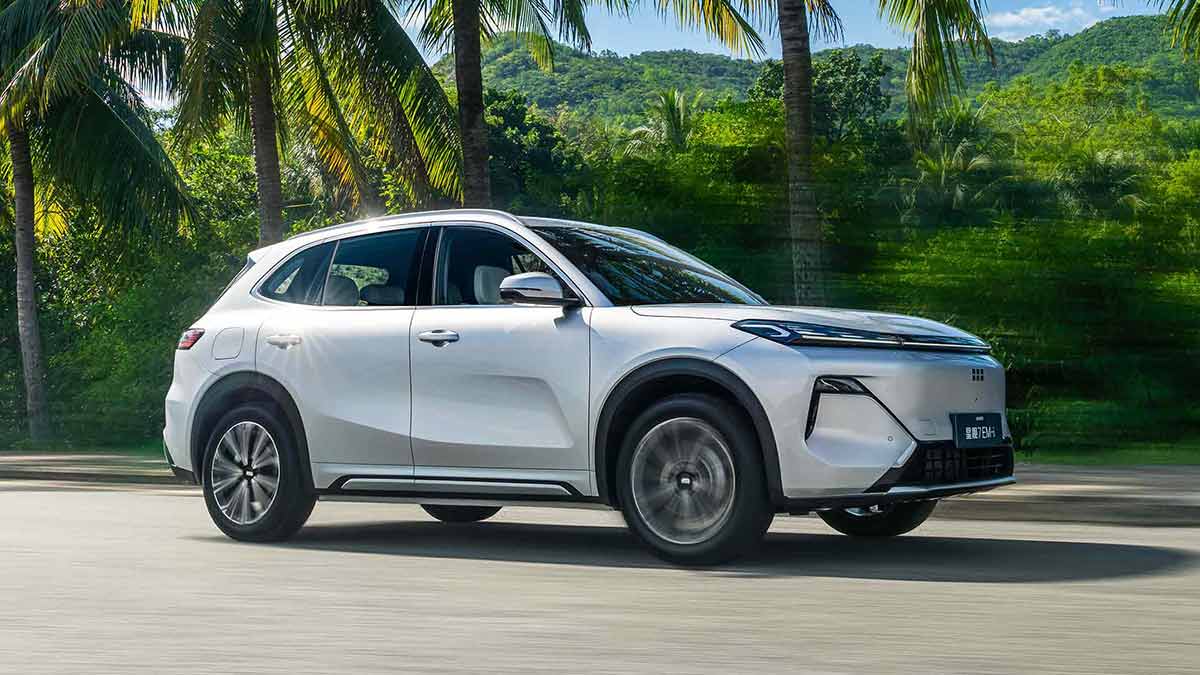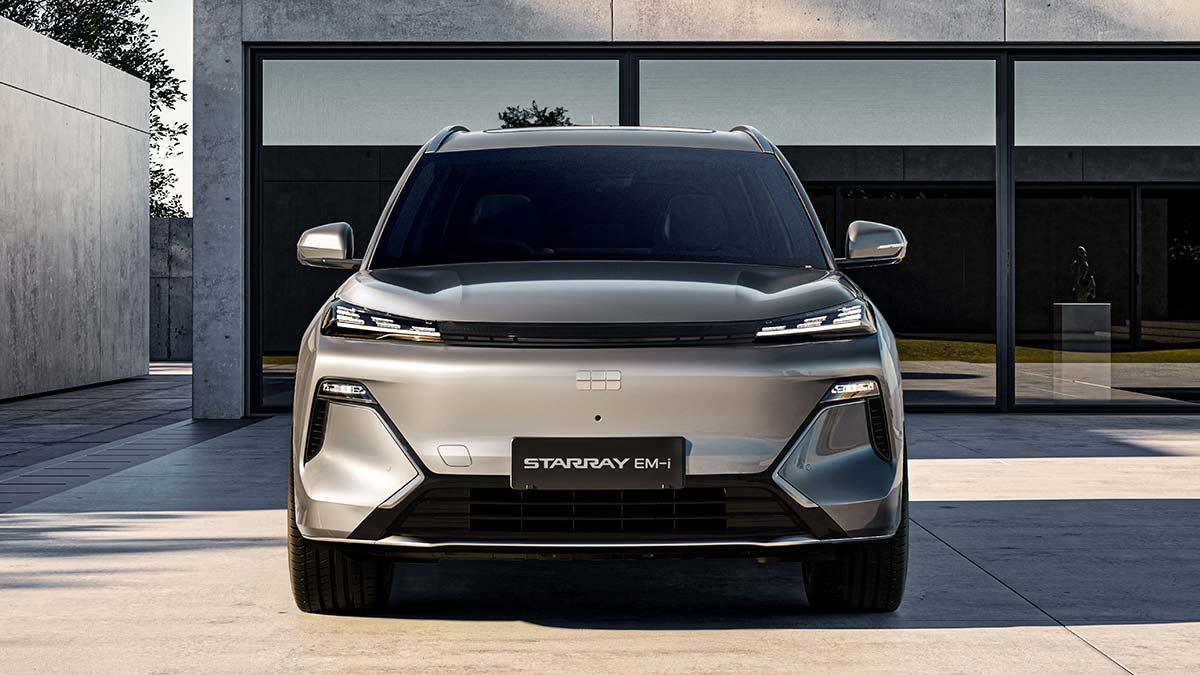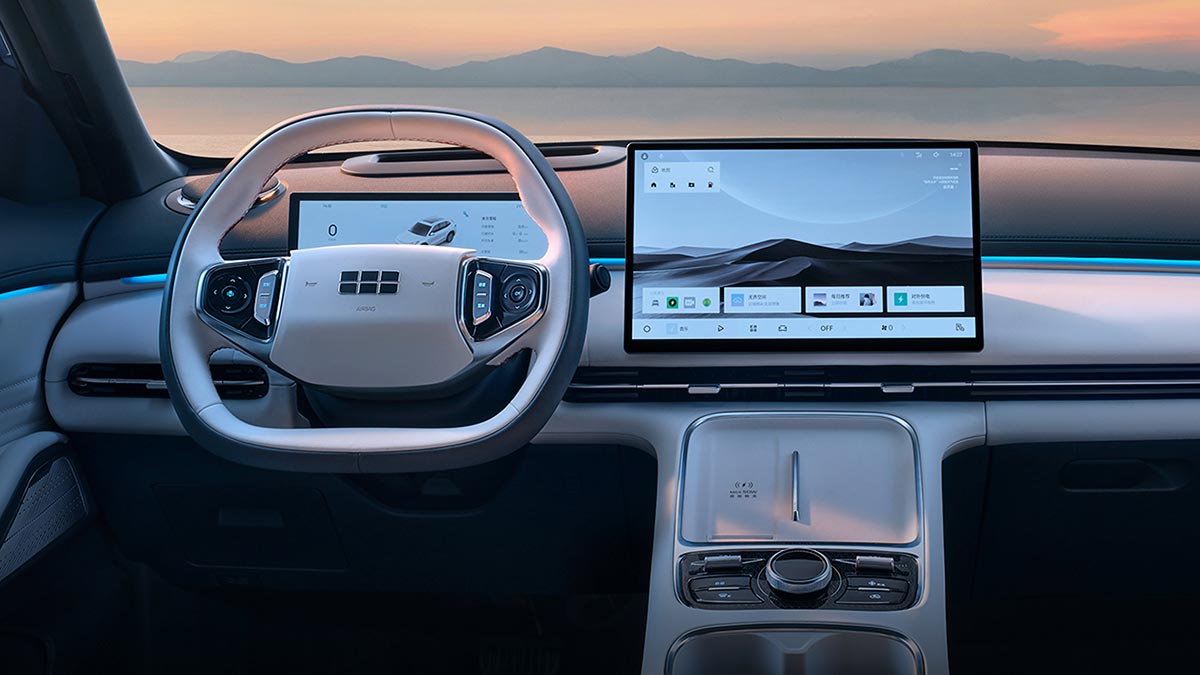Hybrid cars are cheaper than ever as buyers turn to them for better fuel economy. Here are the best affordable hybrid and plug-in hybrid electric (PHEV) hatches, sedans, SUVs and utes on sale in Australia right now.
2026 Geely Starray EM-i PHEV medium SUV: price, specs and release date in Australia
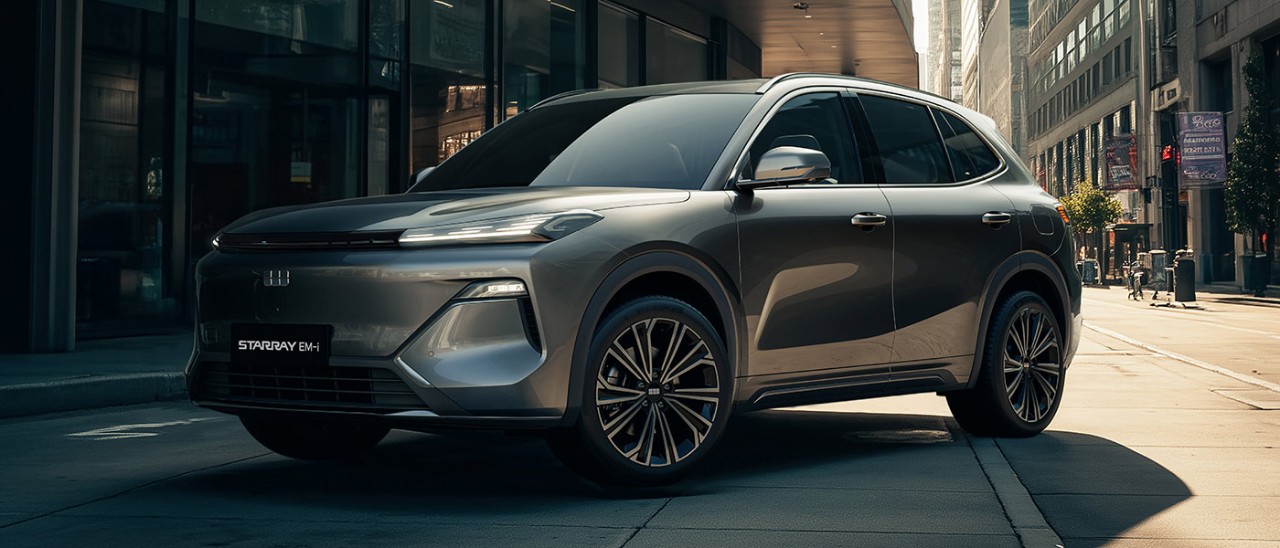
The Geely Starray EM-i plug-in hybrid has arrived in Australia, with sharp pricing confirming its presence as an affordable, strong and economical new contender in the best-selling medium SUV class.
Chinese auto giant Geely has confirmed the plug-in hybrid 2026 Geely Starray EM-i will be priced from $37,490 plus on-road costs and will be available from dealers in October, joining the battery-electric Geely EX5 in the top-selling medium SUV segment.
Offering a claimed electric-only driving range of up to 83km (WLTP) and a total claimed combined range of 943km, the five-seater family hybrid car will tap into the fast-growing interest in PHEVs, lining up against the popular BYD Sealion 6, MG HS Super Hybrid, Chery Tiggo 7 Super Hybrid and next year’s new-generation Toyota RAV4 PHEV.
Geely Auto has already found more than 2700 homes for the budget EX5 in the EV’s first six months on sale and is hoping the Starray EM-i will draw more buyers into the fold with highly affordable pricing and a package that offers premium features, a strong technology game and economical performance.
It’s another confident move from Geely, which has built up a following as the parent of well-known prestige marques such as Volvo, Polestar and Lotus and is working on an ambitious plan under its own hat that involves a broad model range, national dealer network and a position among the top 10 brands in Australia.
More: Search and compare plug-in hybrid cars on sale today in Australia
In this article

The Geely Starray EM-i has an upmarket cabin with plenty of space, versatility and tech.
How much will the Geely Starray EM-i cost in Australia?
Pricing for the 2026 Geely Starray EM-i is now confirmed, with the Complete entry grade starting at $37,490 plus on-road costs, and the Inspire flagship at $39,990 plus on-roads.
Occupying the same segment as the battery-electric 2025 Geely EX5, which has an aggressive starting price of $40,990 plus ORCs, the new Starray lines up against the nation's most affordable PHEV SUV, the Chery Tiggo 7 Super Hybrid (from $39,990 driveaway), as well as the BYD Sealion 6 Essential (from $44,000 driveaway) and GWM Haval H6GT PHEV (from $53,990 driveaway).
The Complete variant comes standard with a 15.4-inch infotainment screen using the company's proprietary Flyme operating system, a surround-view monitor and wireless Apple CarPlay, with Android Auto set to be added via an over-the-air update in Q1 2026. It also has LED headlights, a six-speaker sound system, heated front seats, automatic climate control, satellite navigation and Geely Connected Services with access to apps including Spotify and TuneIn radio including 2GB of data per month for the first 24 months.
The Inspire adds 19-inch alloy wheels, a 16-speaker Flyme sound system, panoramic powered sunroof, head-up display (HUD), front seat ventilation, driver’s seat memory, a power tailgate, 256-colour ambient lighting and wireless smartphone charging.
Both variants are available in six exterior colours. Alpine White is standard while five premium options are available for a $600 upgrade. An Ebony Black interior is offered across both grades while Ivory White interior and upholstery is exclusive to Inspire.
Every Geely Starray EM-i comes with a seven-year/unlimited-kilometre vehicle warranty and an eight-year/unlimited-kilometre high-voltage battery warranty. Servicing is required every 12 months or 15,000km. Up to seven years of complimentary roadside assistance is included when servicing within the Geely network.
More: The best affordable SUVs in Australia for 2025
When does the Geely Starray EM-i go on sale in Australia?
The Starray EM-i pricing was confirmed on September 17, with customer deliveries commencing from October 1, 2025. The SUV is available for test drives and enquiries from late September through Geely's growing dealer network that now numbers 46 nationwide including the latest Victorian outlet in Ringwood, which is set to open in early October.
The Starray is expected to be followed by other new models in key segments, with a mix of EV, PHEV and even regular combustion engines under consideration. Expect the Geely line-up to swell to at least six models over the next three years as the Chinese brand builds its presence in our market.
Geely Starray EM-i design
The 2026 Geely Starray EM-i will slot neatly into the top-selling medium SUV segment, standing slightly bigger overall than the EX5 and very close to the BYD Sealion 6.
Known as the Galaxy Starship 7 in its Chinese home market, the Starray is a five-seater only and measures 4740mm long, 1905mm wide and 1685mm tall. It rests on a 2755mm wheelbase. These figures translate to generous interior room across the front and rear seats, aided by Geely’s GEA (Global Intelligent New Energy Architecture) platform that enables a flat floor. The EX5 uses the same platform.
Cargo space is listed at 528 litres, including 100L under the boot floor. Folding down the split-fold rear seats can liberate 2065 litres of room, while the front seats can also recline 180 degrees and connect with the second row to create an area where the driver and front passenger may sprawl out or take a lie down at a rest stop, for example.
Outside, LED headlights feature at the front and rear, including daytime running lights in a ‘Milky Way’ ripple design that’s a nod to the car’s Galaxy branding overseas and its Starray moniker here. According to Geely, the tail-light treatment evokes a rising sun and sparkling lake.
The SUV has a slippery 0.28Cd drag coefficient that Geely says contributes to low fuel consumption and a long driving range.
Underneath, the suspension design comprises MacPherson struts up front and a four-link configuration at the rear. Geely also claims a tight 10.6m turning circle.
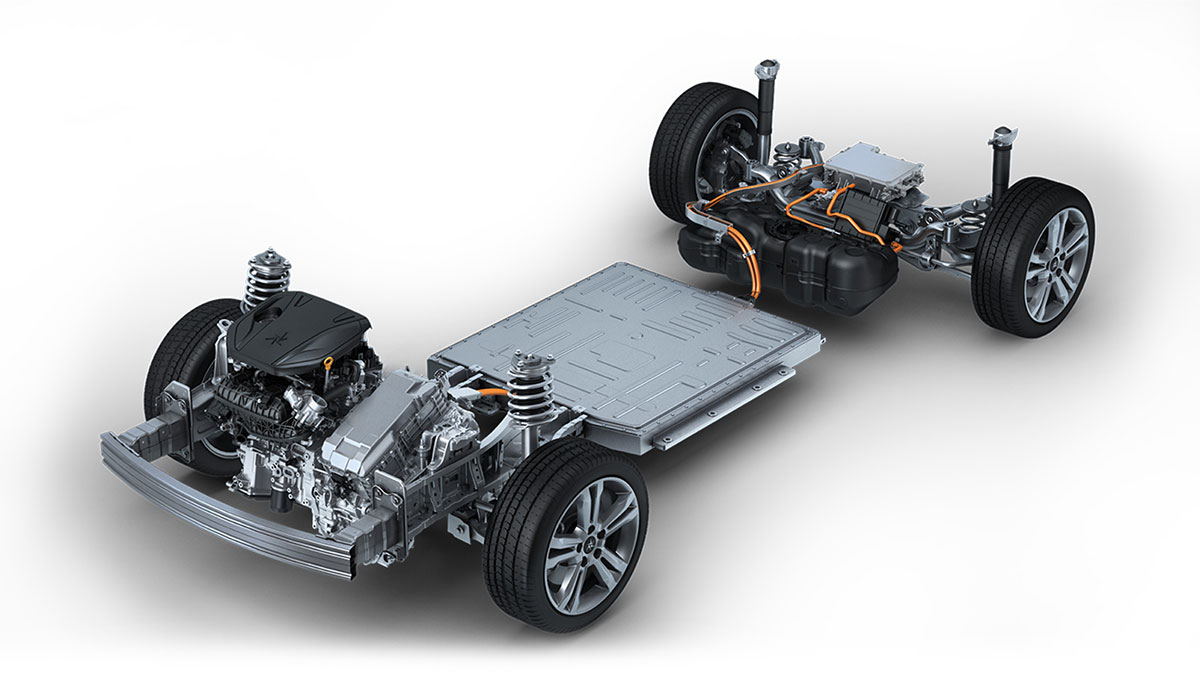
The Geely Starray’s GEA platform sees the engine up front and the e-motor at the rear, while the battery sits low underneath the floor.
What powers the Geely Starray EM-i?
The 2026 Geely Starray is the first export model from that brand to feature its EM-i (E-Motive Intelligence) Super Hybrid technology.
The Starray EM-i plug-in hybrid powertrain features a 1.5-litre naturally aspirated four-cylinder petrol engine paired with an 11-in-1 electric drive unit (two electric motors), delivering a combined 160kW and 262Nm to the front wheels.
An 18.4kWh lithium-iron phosphate (LFP) battery enables up to 83km (WLTP) of pure electric driving, while the battery can be charged from 30 per cent to 80 per cent in just 20 minutes using DC fast charging (30kW), and the vehicle supports Vehicle-to-Load (V2L) functionality with a maximum output of 6kW.
There are three driver-selectable power modes with the Starray’s EM-i Super Hybrid system: Pure (electric only), Hybrid (automatically switching between e-motor and petrol engine for maximum range and fuel efficiency) and Power (electric/petrol working in tandem for maximum performance).
Geely says the EM-i system is designed to be “electrically driven”. In other words, the SUV should offer the instant torque and smooth take-off of a battery-electric powertrain while retaining the range and flexibility afforded by a regular petrol-electric hybrid.
The carmaker also points to silicon carbide technology integrated into the electric drive to optimise temperature management, “delivering consistent driving feel with no dependence on battery state of charge”.
What safety and technology features on the Geely Starray EM-i?
The GEA platform underpinning the 2026 Geely Starray EM-i was engineered to ensure the battery can withstand extreme conditions. According to Geely, these scenarios include immersion in corrosive sea water, high-altitude and sub-zero temperature exposure, repeated undercarriage impacts, application of 26 tonnes of force, side collision at speed and direct flame exposure for over two minutes.
The Geely EX5, which uses the same platform, has achieved a maximum five-star ANCAP safety rating, so this bodes well for the Starray.
Both Complete and Inspire variants are equipped with an extensive suite of safety features as standard, including seven airbags (front, side, centre, curtain), multi-collision braking, high beam assist, rear parking sensors, surround-view monitor with 3D vehicle view and low-speed pedestrian alert.
Advanced driver assistance systems include autonomous emergency braking (AEB), adaptive and intelligent cruise control, rear cross traffic alert and brake, collision mitigation support (front and rear), lane keeping and lane changing assist, blind spot detection, emergency lane keeping assist, occupant detection alert and driver fatigue alert.
Australian models have Vehicle to Load (V2L) capability, which allows you to power external appliances using the car’s battery (up to 6kW), while the infotainment tech includes a 15.4-inch central touchscreen, 10.2-inch driver’s instrument display and a 13.8-inch head-up display (Inspire grade only)
There’s also a cooled 50W wireless smartphone charging pad on the centre console with storage for a second device alongside.
The information provided is general advice only. Before making any decisions please consider your own circumstances and the Product Disclosure Statement and Target Market Determinations. For copies, visit racv.com.au. As distributor, RACV Insurance Services Pty Ltd AFS Licence No. 230039 receives commission for each policy sold or renewed. Product(s) issued by Insurance Manufacturers of Australia Pty Ltd ABN 93 004 208 084 AFS Licence No. 227678.
